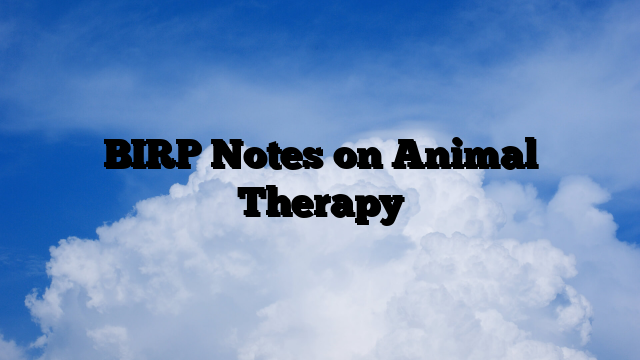When it comes to effectively documenting patient care in various healthcare and therapeutic settings, BIRP Notes Templates stand out as an indispensable tool. BIRP, an acronym for Behavior, Intervention, Response, and Plan, offers a structured and comprehensive framework that guides healthcare professionals in capturing crucial aspects of patient interactions.
This format not only ensures a thorough and systematic approach to recording sessions but also facilitates continuity of care and enables clear communication among healthcare teams. In this comprehensive exploration, We explore the details of the perfect BIRP Note Templates, illustrating how each section – from observing and recording patient behaviors, to detailing interventions, assessing responses, and planning future care – contributes to a holistic understanding of patient progress and therapeutic efficacy. Whether you’re a seasoned practitioner or new to the field, the right BIRP Note Template is a critical step in enhancing patient care and optimizing treatment outcomes.
The BIRP note template is designed to guide mental health professionals in documenting therapy sessions effectively. Here’s a structured template:
BIRP Note Template
Client Name: [Client’s Full Name]
Date of Session: [Date]
Duration of Session: [Duration]
Therapist Name: [Your Full Name]
Session Number: [Insert Session Number]
Location: [Insert Location of Session]
Behavior (B):
- Subjective (Client-reported):
- Thoughts: [Describe the thoughts shared by the client]
- Feelings: [Describe the emotions expressed by the client]
- Behaviors: [Describe any behaviors reported by the client]
- Objective (Therapist-observed):
- Non-verbal cues: [Describe body language, facial expressions, tone of voice]
- Verbal expressions: [Note any significant phrases, words, or themes in the client’s speech]
- Interaction patterns: [Describe the interaction style of the client, e.g., cooperative, resistant, etc.]
Intervention (I):
- Techniques/Strategies Used: [Detail the specific interventions, techniques, or therapeutic approaches used]
- Therapeutic Modalities: [Mention if any specific therapeutic modality like CBT, DBT, etc., was employed]
- Client Involvement: [Describe the client’s engagement and participation in the interventions]
- Homework/Activities Assigned: [If applicable, list any homework or activities assigned to the client]
Response (R):
- Client’s Reaction to Intervention:
- Emotional Response: [Describe the client’s emotional response to the interventions]
- Cognitive Response: [Note any changes or continuations in thought patterns related to the interventions]
- Behavioral Response: [Observe and describe any behavioral changes during or after the intervention]
- Therapist’s Observations: [Provide any additional observations about the client’s response]
Plan (P):
- Next Steps: [Outline the plan for future sessions or the continuation of treatment]
- Goals/Objectives: [Specify any short-term or long-term goals set for the client]
- Modifications in Treatment Plan: [Note any adjustments or changes needed in the treatment plan]
- Follow-Up: [Mention any follow-up actions needed, such as referrals, consultations, or additional resources]
Therapist’s Signature: [Your Signature]
Date: [Date of Documentation]
BIRP Notes Template Word:
BIRP Notes Template PDF:
This template can be adapted as needed to fit the specific context of each therapy session and the needs of each client. It’s important to maintain client confidentiality and adhere to ethical guidelines while documenting.






